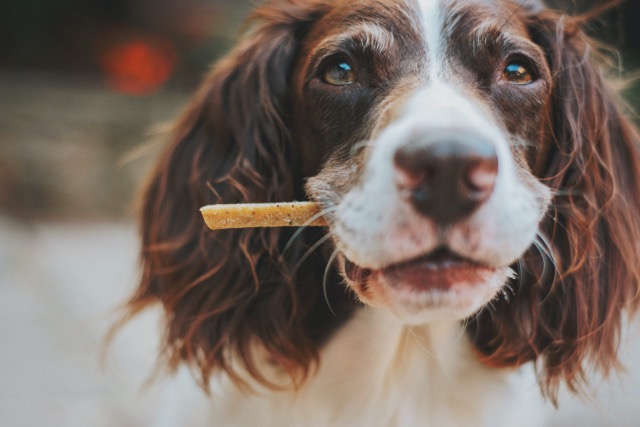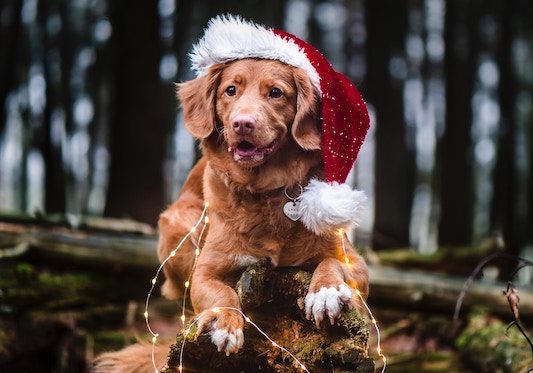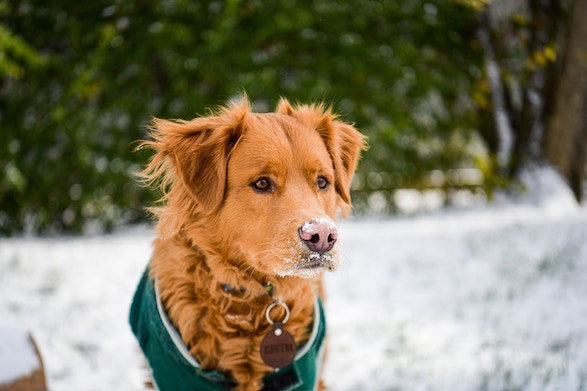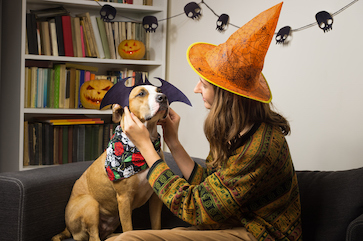It is quite normal for most puppies to be interested in picking up new items, such as leaves and sticks outside, or edible bones in the home. Although it is something we have to keep an eye on for safety reasons, it is within the normal scope of puppy behaviors for them to be exploring the world around them using their mouths. You absolutely want to be sure your puppy is safe and to do that it is imperative you manage chewing and the items they have general access to. At a young age, it is not uncommon for early signs of resource guarding when mild in nature to slide by nearly undetected.
What is Resource Guarding?
Resource Guarding is a behavior motivated by an item of value. Items of value could be anything from food, bones, toys, and beds, to more unusual items such as spaces, vomit, people, and in severe cases even the anticipation of a scenario. Resource guarding is most likely to occur when you approach your puppy while they have one of these items. You may see behaviors such as a lip curl, a growl, hiding and hunching over the item, stiffened body positions, raised hackles, and/or side eyes. In more severe cases, they may engage in a lunge, snap, or bite when you approach or when you try to remove either the item or the puppy away. With all puppies, we recommend starting preventative work as early as possible and you should practice regardless if you are seeing concerning behaviors or not yet. Resource guarding can become dangerous quickly for any animal or people residing in the home, and the following exercise is designed to help reduce the likelihood of resource guarding developing or escalating. The exercise focuses on conditioning techniques, and teaches your puppy how to positively associate that you approaching and removing an item does not always result in something “negative”. Instead, you create a positive experience.
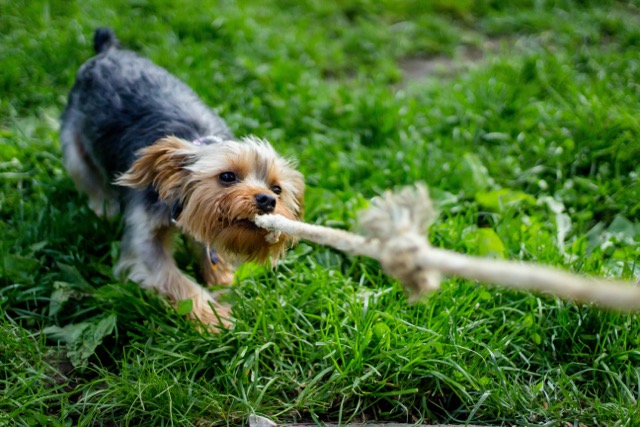
Preventative Guarding Exercises
You will first start with approaches, which is the action of walking up to your puppy while they have something of value, such as a bone. They will receive a treat when you approach. We will then break down exchanges, which is the action of removing the item they have and exchanging it for a treat. By practicing these exercises, you will develop a history with your puppy that good things happen, the treat!, when you approach them and/or take something of value from them.
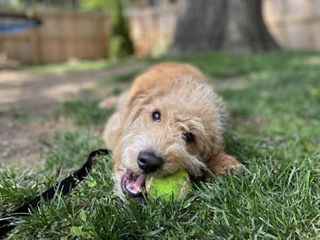
Approaches
- Place an item in front of your puppy (food bowl, toy, etc.)
- Walk up to your puppy, and as you get to them say “good” and deliver a treat. Deliver the treat regardless if they drop the item immediately or not.
- Leave the item with them and walk away. This will be 1 repetition. Practice 10 in a row.
Exchanges
- Start by approaching your puppy as detailed above. Still feed for the initial approach.
- Then, pick up the item in front of them, say “good,” and deliver a second treat.
- After you deliver the treat, place the item back down in front of them and walk away. This will be 1 repetition. Practice 10 in a row.
- When you are finished, you can take the item away from the puppy, just be sure to give a treat in exchange first.
Outside of practicing these exercises, you can practice approaches and exchanges as they naturally occur day to day. If during the exercise or at any time during the day, you approach your puppy with an item, and they immediately drop it, immediately deliver high praise and a treat if one is available.
If your puppy is struggling to drop an item or isn’t looking up at you when you approach, you can make it easier at first by waving the treat in front of their nose. When they release the item, say “good”, praise, and deliver a treat. If they are still struggling, try using a tastier treat. Although you can and should practice this exercise with your puppy’s food bowl, we recommend practicing outside of mealtimes. When practicing this exercise and any training with your puppy, remember to keep it fun, light, and friendly!
When should I be concerned?
Aside from basic puppy chewing, there are some behaviors in relation to chewing that our behavior consultants would deem abnormal. Those behaviors include excessively stealing items and hiding them, hovering over those items with a stiffened body, growling or snapping when trying to remove an item, and in some cases, the puppy will quickly ingest or swallow the item, edible or not, either immediately upon contact or as you are trying to get the item away from them. Any one or a combination of these behaviors may be deemed as a red flag and could be an early sign of resource guarding.
Resource guarding can be seen as early as 3-4 months of age and then worsens as the dog grows into adulthood, peaking by 3 years of age.
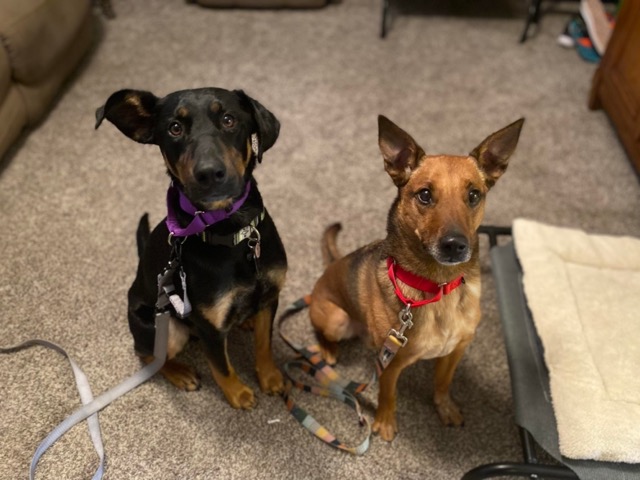
Reach out to a professional for help
If your puppy does inappropriately ingest items or engages in any of the behaviors of concern we discussed earlier, we would recommend reaching out to your local behavior consultant to provide additional management strategies and a training recommendation.
In the meantime, have your puppy drag a leash and don’t allow access to items they will resource guard against. For safety, don’t take items from your puppy abruptly, and instead practice exchanges by tossing a treat away first. Although this will not eliminate resource guarding, it will provide you a safe solution to getting the item you need away from your puppy, and begin developing a positive association if you do need to take something.
If you are interested in learning more about normal vs. abnormal puppy behaviors, we recommend checking out the linked blog written by our very own Owner and Founder, Kristyn Savage, PhD, CAAB, BCBA-D.
